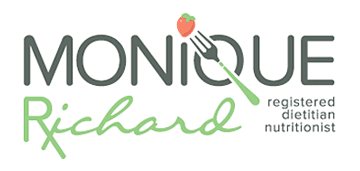Hunger and food security are issues close to my heart—they are SOLVABLE problems that affect us both here in the United States and throughout the world. While globally we produce enough food to feed all people, it is poor access, distribution, poverty, and massive food waste that create problems of hunger and malnutrition. The Committee on World Food Security defines food security to include social, economic, and physical access to sufficient, safe, and nutritious food to maintain a healthy and active life.
At home and abroad, we are facing huge problems with food insecurity.
Over the past several years I have had the honor and privilege to serve on the America Overseas Dietetic Association (AODA) Board, where I have traveled to many countries attending conferences, presenting research, and volunteering to address food insecurity, nutrition access, and malnutrition. AODA is an international affiliate of the Academy of Nutrition and Dietetics (AND), with over 1000 nutrition professional members in over 70 countries who work towards improving global public health through food and nutrition. I have also been serving on AND’s Food and Nutrition Security Task Force as part of my role as the Chair of Dietitians in Integrative and Functional Medicine dietetic practice group.
Circling back to my previous post on my work in Haiti with the Azil Foundation, I want to highlight Haiti as a prime example of a country in the throes of food insecurity.
Yesterday NPR pointed out that hunger levels in Haiti are labeled as “alarming.”
Haiti imports much of its food, and food prices that have been quickly rising over the past five years. The majority of Haitians live on less than $2 a day, with half the population earning less than $1 per day. As a result, we see so many children in Haiti suffering from acute malnutrition, as well as high rates of anemia in adult women and children under five.
In Haiti I spent time at the pediatric unit of a local hospital, speaking with mothers (with my limited French and help of a translator) about breastfeeding and their own nutritional needs. As a dietitian in this setting, it can be quite a struggle. After all, what do you tell someone to eat, when finding ENOUGH food to eat is the issue at hand? Not only is this type of malnutrition evident in Haiti, it is happening right here in our communities and neighborhoods in the US—did you know that 50 million Americans, including 1 in 4 children, are food insecure?
In every facet of nutrition, we have the power to offer solutions and innovations. We can be change agents driving policy, teaching, advocating, and demonstrating how possible it is to SOLVE food and nutrition insecurity. I encourage everyone, as a nutrition professional or interested citizen, to explore how YOU can take action in this area. Get involved! Discover what your local community initiatives are doing, join a national organization, and know that every helping hand will make a difference in sustainable solutions to hunger and malnutrition.









